Many cat owners believe that simply being physically present with their feline companions is enough to keep loneliness at bay. Yet cats can experience profound emotional isolation even when their humans are right beside them. Understanding these subtle signals becomes crucial for maintaining your pet’s mental wellbeing and strengthening the bond you share.
The truth might surprise you: your cat could be silently struggling with feelings of abandonment and disconnection while you’re working from home, scrolling through your phone, or simply going about your daily routine without engaging with them. Let’s explore the hidden emotional landscape of our feline friends and discover what they’re really trying to tell us.
Excessive Vocalization That Goes Beyond Normal Chatter
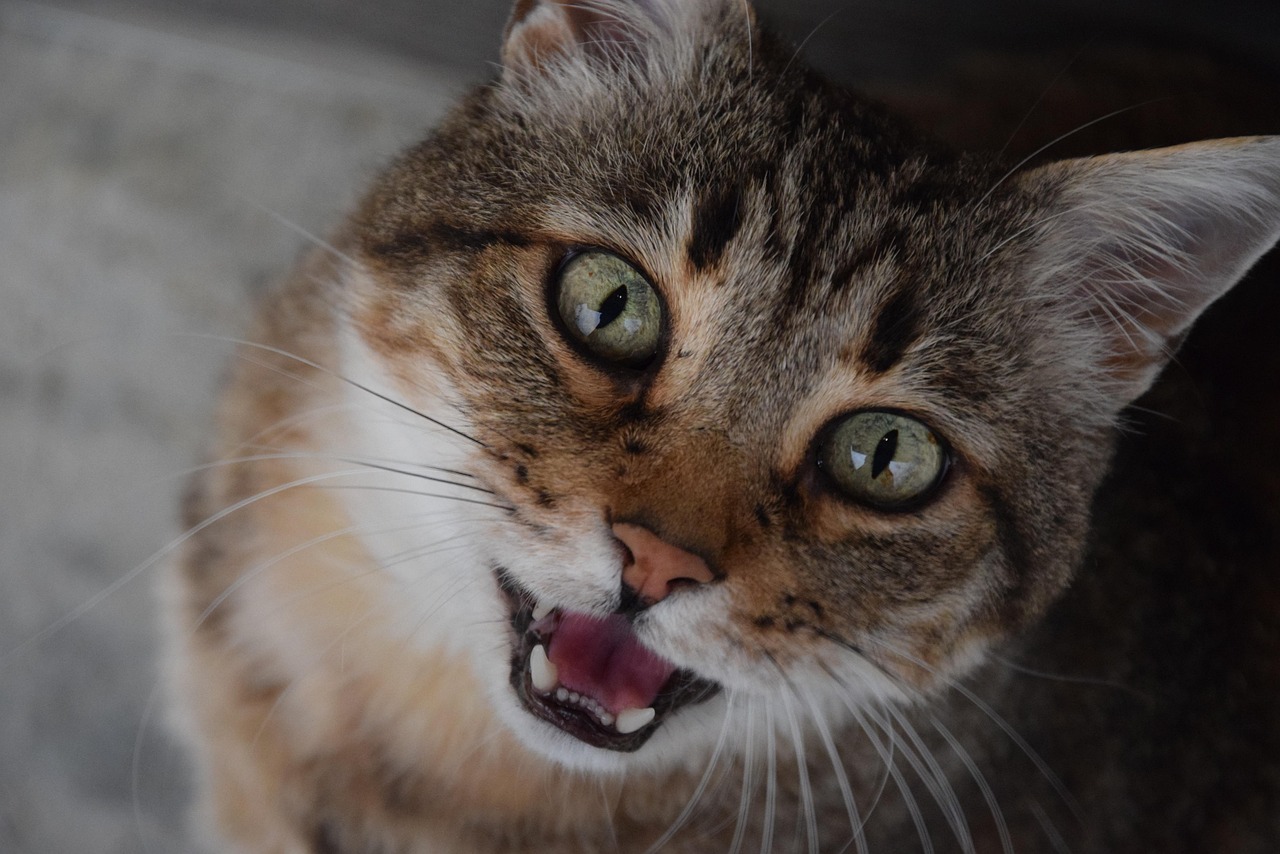
Even if your feline is a chatter box, excessive vocalization may be a demand for more attention – especially if they feel lonely or neglected. Think of a baby crying for their mother. Cats similarly cry for their owners when they are lonely or need something from them. This behavior often becomes more pronounced when you’re preparing to leave or when you return home.
If you find your cat meowing or crying behind the door once you’ve left for work, it’s how they’re trying to call you back or signal their anxiety at you leaving. However, what many owners don’t realize is that this vocalization can also occur when you’re home but not actively engaging with your pet. The constant meowing, yowling, or chirping serves as their attempt to reconnect with you emotionally.
This type of communication differs significantly from typical cat chatter. Lonely cats often develop a more urgent, almost pleading tone in their vocalizations. In fact, cats in the wild rarely meow except to communicate to their mother or babies. Excessive vocalization may be likely to occur when you leave the house, when you return home after being away for hours, at meal times, or when you’re trying to fall asleep.
Destructive Behaviors That Seem Out of Character
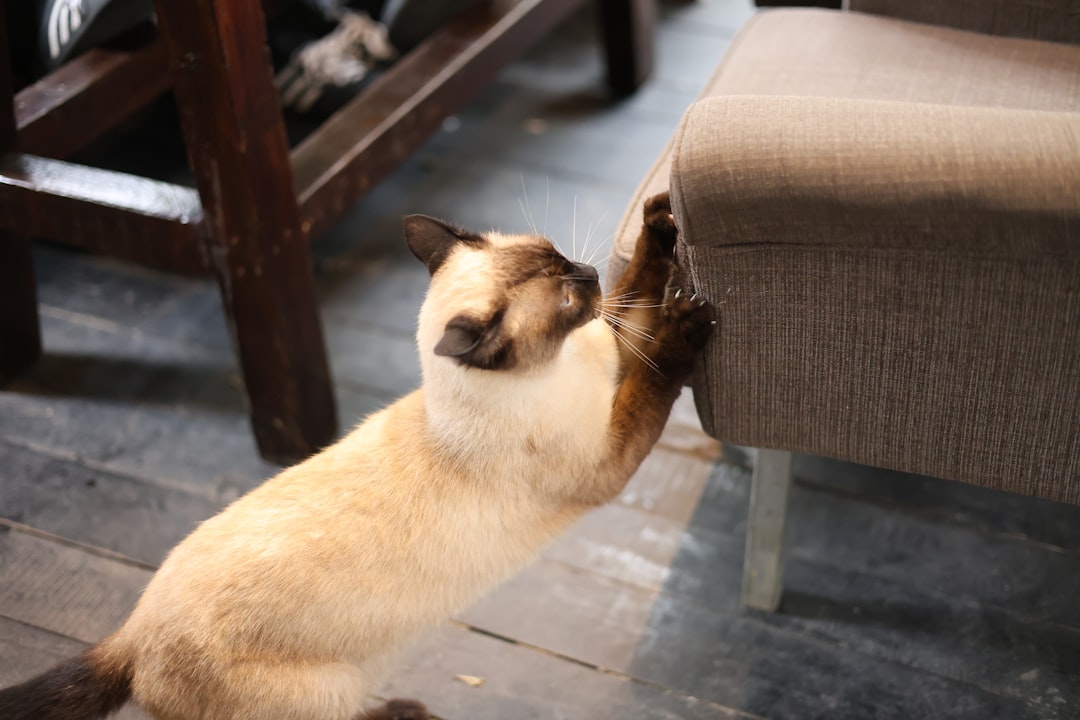
Lonely cats are bored cats, and they are masters at finding some pretty creative (and destructive) ways to occupy their minds! Cats may move or destroy things in an attempt to stay busy while you’re away. Whether your cat has decided to wreak havoc on your sofa, climb your curtains, or shred your toilet paper, destructive behavior is likely a sign of idle paws that have gone searching for something to do.
But your cat isn’t trying to be destructive. Your ripped curtains, scratched doorframes, or shredded couches are a result of coping mechanisms for a bored and lonely Mr. Whiskers. These behaviors often intensify when cats feel emotionally disconnected from their owners, even if those owners are physically present in the home.
The destructive patterns typically target items that carry your scent or things that represent barriers between you and your cat. Lonely cats may engage in destructive behavior, such as scratching furniture or curtains or urinating outside the litter box as a way to relieve their boredom and frustration. Understanding this helps us see these actions not as spite, but as desperate attempts at connection.
Changes in Eating Habits That Signal Emotional Distress
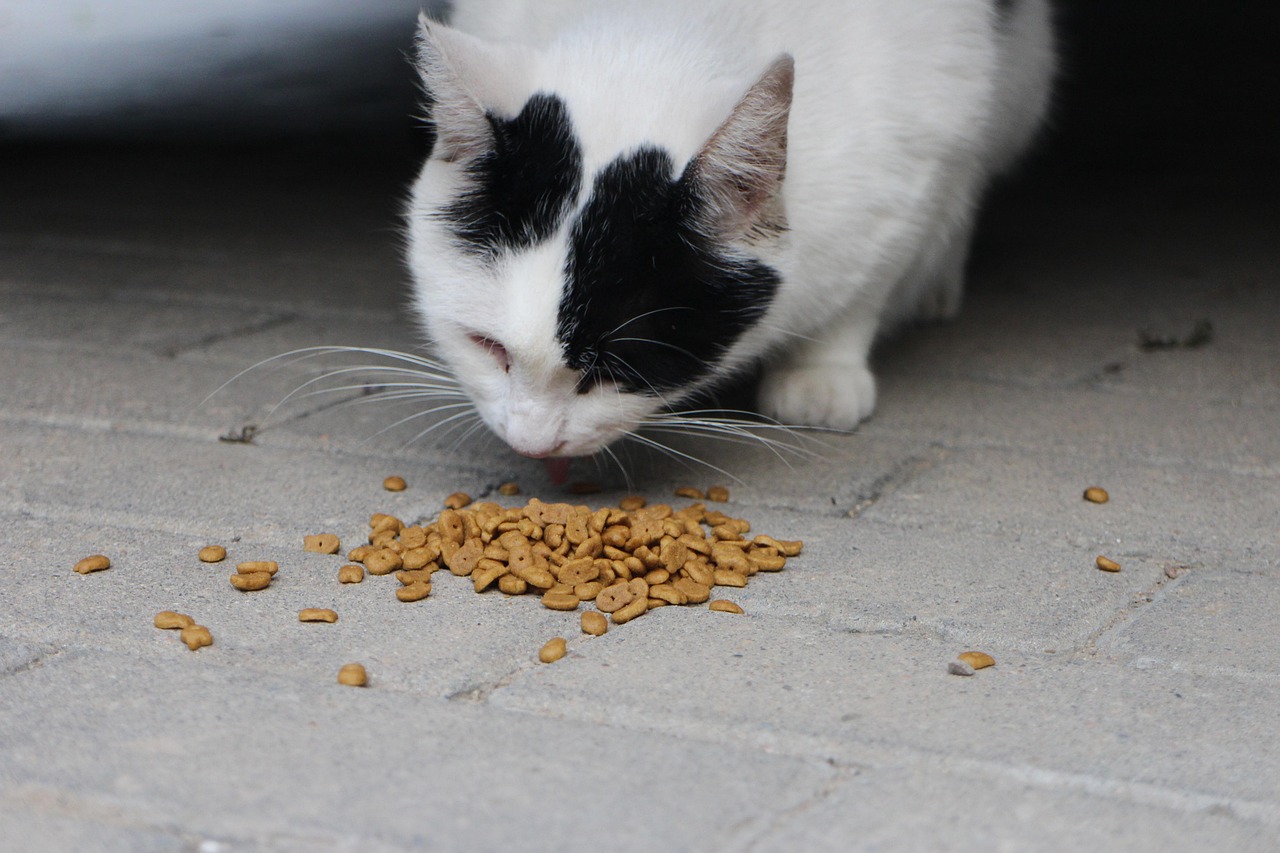
Your cat may start eating more than usual or show a lack of interest in food. Either extreme could be a sign that they’re trying to cope with feelings of loneliness. These eating pattern shifts often correlate with your daily routines and availability for interaction.
Cats may experience changes in their eating habits when they are feeling lonely. They may either lose interest in food or overeat to cope with their emotions. Some cats develop anxious eating behaviors, consuming their meals too quickly or refusing to eat when their owners aren’t paying attention to them.
Food can become an emotional crutch for lonely cats, similar to comfort eating in humans. Others might lose their appetite entirely, finding that their emotional distress overshadows their physical hunger. Anxious kitties often will go without eating but some cats can eat too much out of boredom. Another way cats can show anxiety can be eating too much too fast, which often leads to vomiting.
Excessive Grooming Leading to Bald Patches
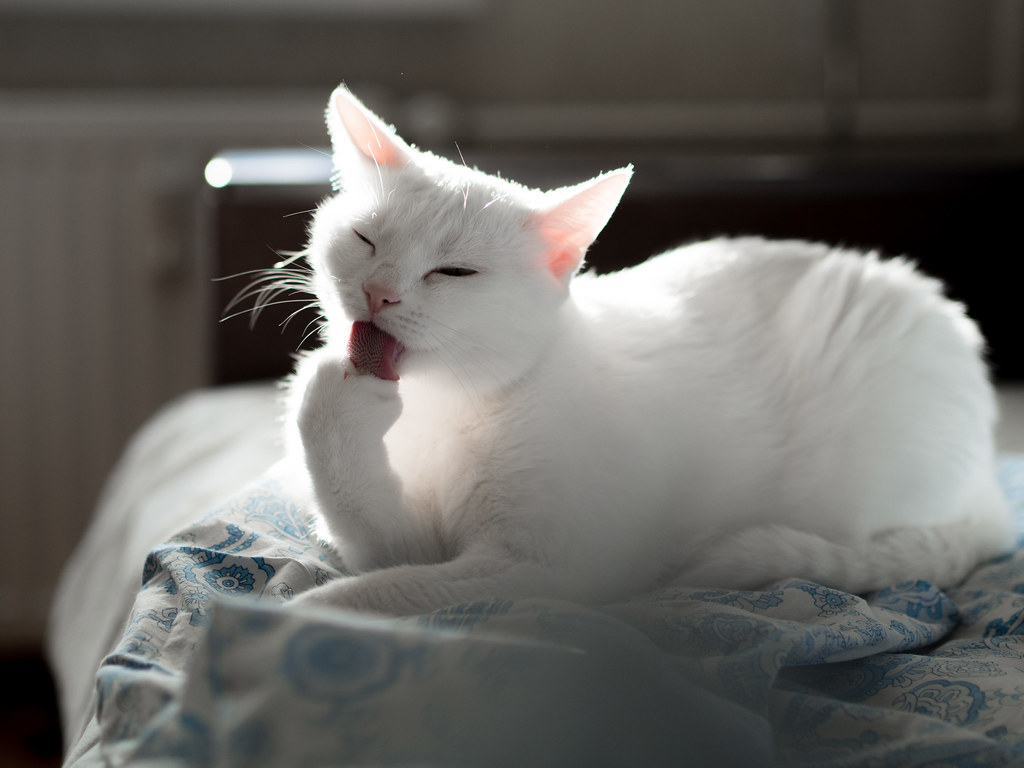
Lonely cats frequently pull out their fur or groom themselves excessively. Cats are naturally meticulous groomers, but if your cat’s grooming regimen begins to border on obsessive compulsive behavior, it may be a sign that he’s feeling a little lonely. This self-soothing behavior can become compulsive when cats feel emotionally neglected.
Excessive grooming that results in bald spots and vomiting can be related to stress. If you are gone for long hours during the day, loneliness is a likely stressor. Some cats will over-groom whenever they experience physical or mental stress. If your cat is prone to excess licking, it may be a sign they are in need of more attention.
The grooming behavior serves multiple purposes for anxious cats. Similar to how Mama cat might have done it when they were kittens, grooming is one way your cat might self-soothe when you’re not around. However, when this natural behavior becomes excessive, it indicates that your cat’s emotional needs aren’t being met, even in your presence.
Clingy Behavior That Borders on Desperation
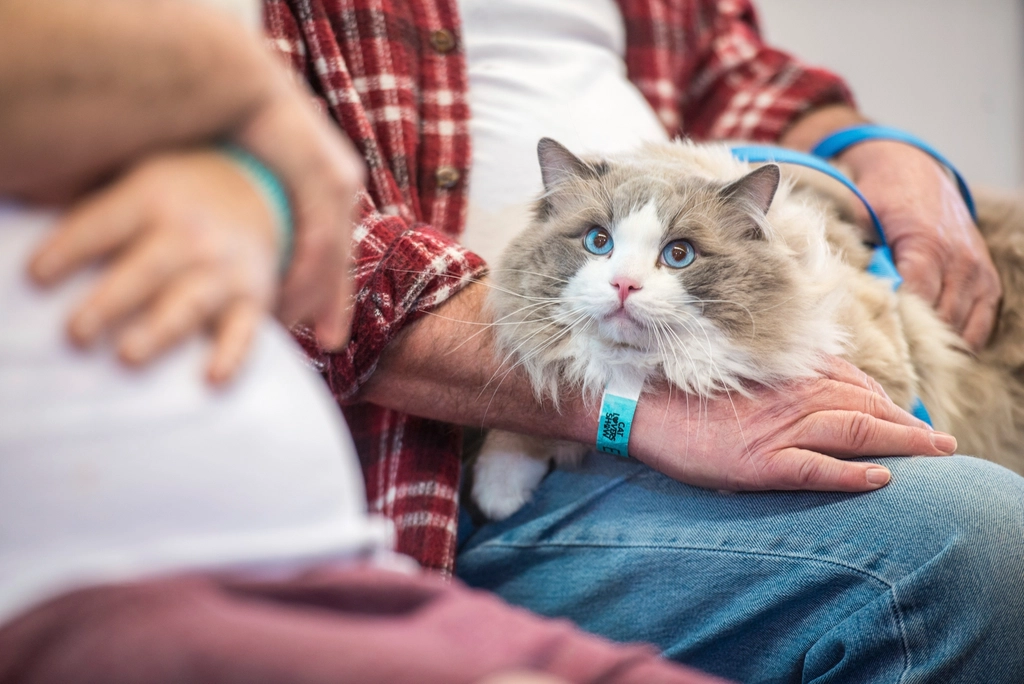
Cat behavior caused by loneliness isn’t always negative. Sometimes your cat becomes extra affectionate. A lonely cat may even show signs of separation anxiety, such as low appetite or trying to follow you out the door. This clinginess often intensifies when cats sense their owners are distracted or emotionally unavailable.
When cats feel lonely, they may become more clingy and seek constant attention and physical contact from their owners. You may also find that your kitty follows you around the house or parks herself on your lap to try to prevent you from moving away again. This behavior can manifest even when you’re home, as your cat desperately tries to maintain that emotional connection.
It seems strange that your cat would be lonely with you sitting right in front of them. But even though you’re home, you’re not paying attention to them. Clinginess is a sign they want your attention. Modern life often creates scenarios where we’re physically present but mentally elsewhere, leaving our cats feeling ignored and disconnected.
Sleeping More Than Usual or Appearing Withdrawn
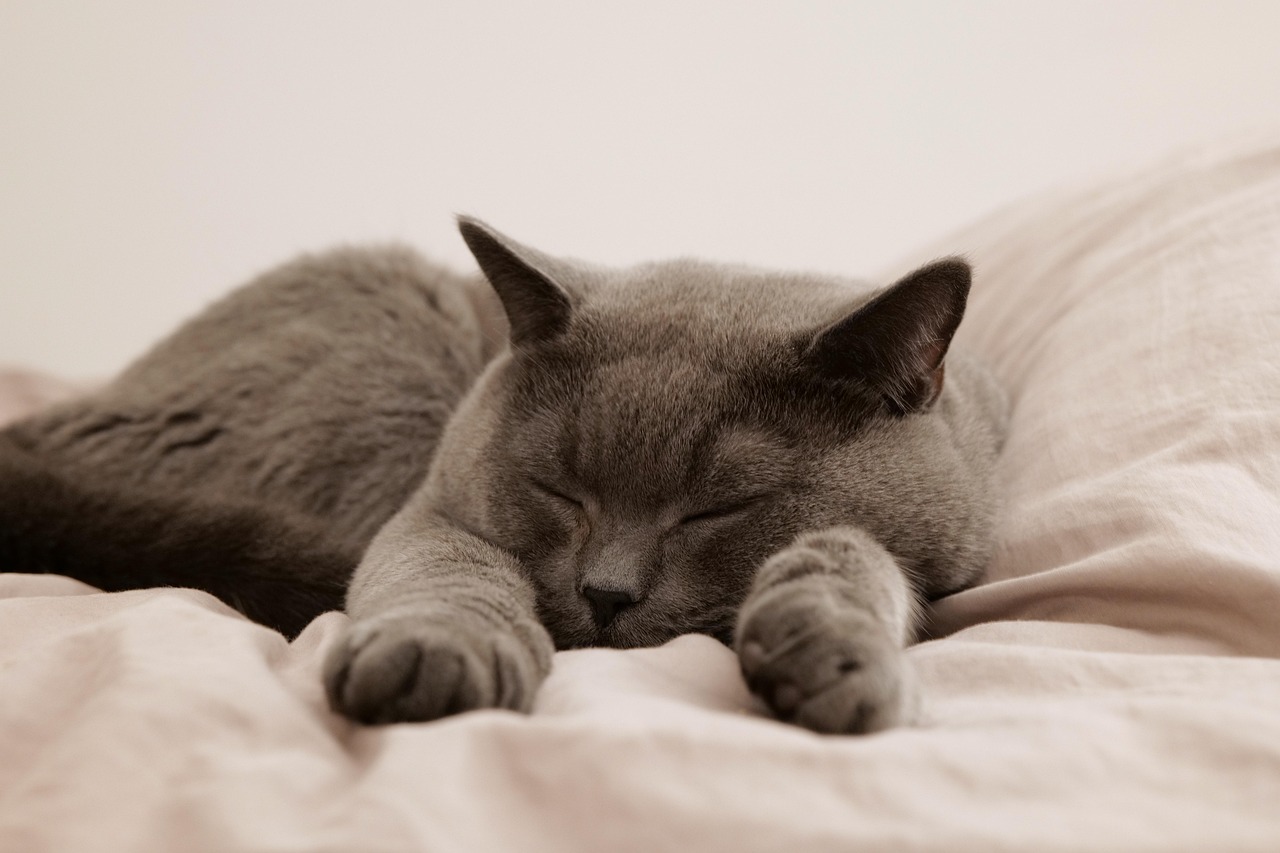
A large indicator that your cat is lonely would be a decreased shift in their energy, meaning they have a lack of interest in playing, don’t want to move, and sleep more than usual. While cats naturally sleep many hours per day, lonely cats often use sleep as an escape mechanism from their emotional distress.
But just like for humans, boredom can spark the blues in cats, and that can lead to more naps. So if you notice your cat sleeping more than usual or reduce their level of engagement during play time, it could be a sign of loneliness. Boredom can also cause your usually active kitty to become withdrawn or sluggish.
A lonely cat sometimes show a lack of energy and motivation. They may spend excessive amounts of time sleeping to escape their feelings of loneliness. This withdrawal can be particularly pronounced when owners are home but preoccupied with work, screens, or other activities that don’t include their feline companions.
Inappropriate Elimination as a Cry for Help
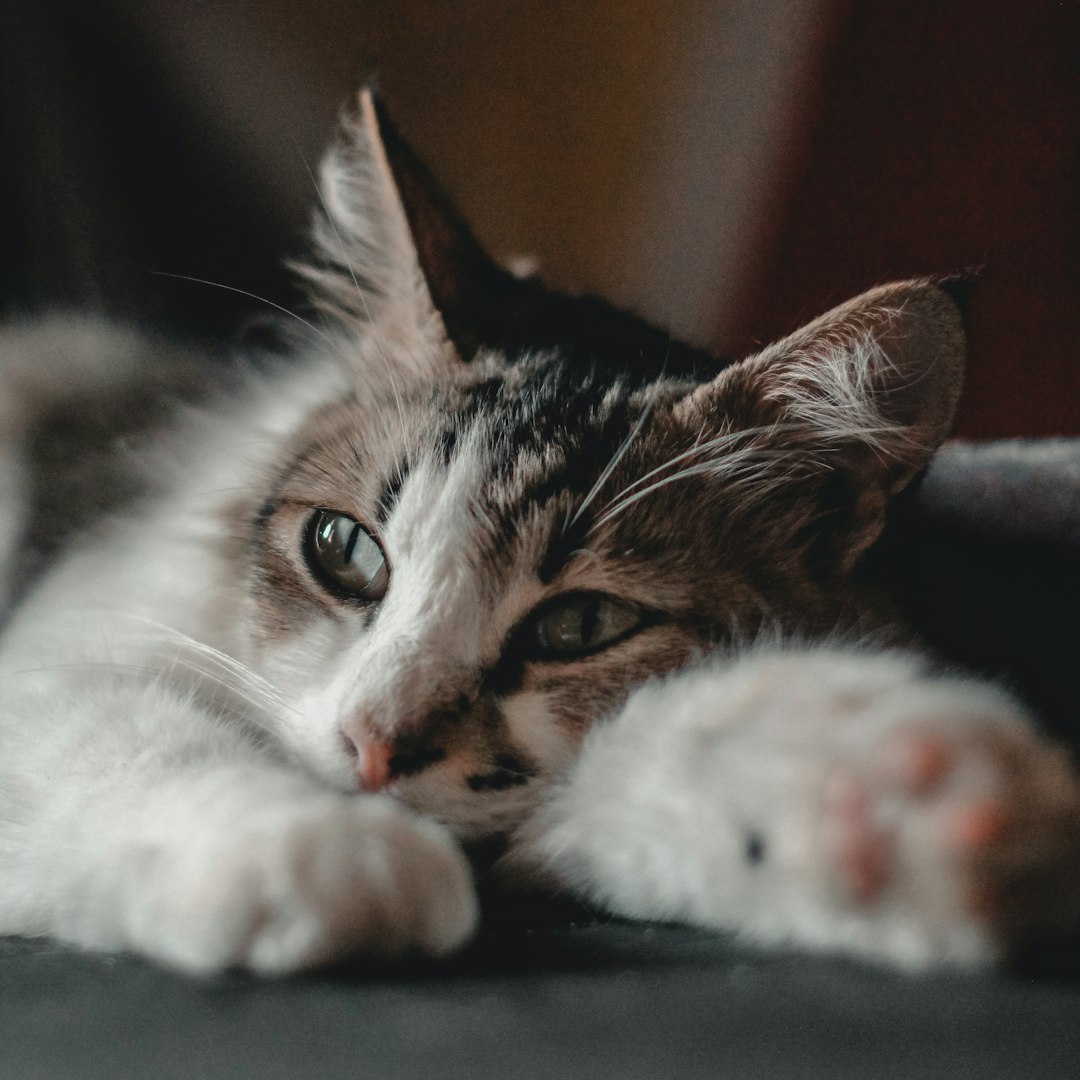
If your cat goes to the bathroom outside of the litter box while you are out of the house, this might be another sign loneliness is creeping in. Cats often exhibit negative feelings like stress or loneliness with ‘destructive’ behavior, especially when they are under-stimulated or left alone for long periods of time. In fact, a study from the National Library of Medicine says urinating in inappropriate places is one of the most frequently reported signs of loneliness and depression in cats.
House soiling is often seen as vindictive behavior, but what your cat is really doing is mixing its scent with yours, trying to leave a “signpost” for you to find them and return home. This behavior can occur even when you’re home if your cat feels emotionally distant from you.
Common places for urine elimination may include your clothes or furniture – they want you to know they’re stressed. Understanding this communication attempt rather than viewing it as defiance helps us address the underlying emotional needs that drive this behavior.
Conclusion

Recognizing these seven signs of feline loneliness can transform your relationship with your cat. “Cats can’t tell us they’re feeling lonely, so it’s up to us to recognize the signs,” and taking action to address their emotional needs benefits both you and your beloved pet.
Remember that physical presence doesn’t automatically equal emotional connection. Your cat needs quality interaction, mental stimulation, and genuine attention to thrive emotionally. Spend at least ten minutes a day really engaging with your feline friend by playing with them, grooming them and showering them with affection.
What signs have you noticed in your own cat’s behavior? Tell us in the comments about your experiences with feline loneliness and what strategies worked best for strengthening your bond.






